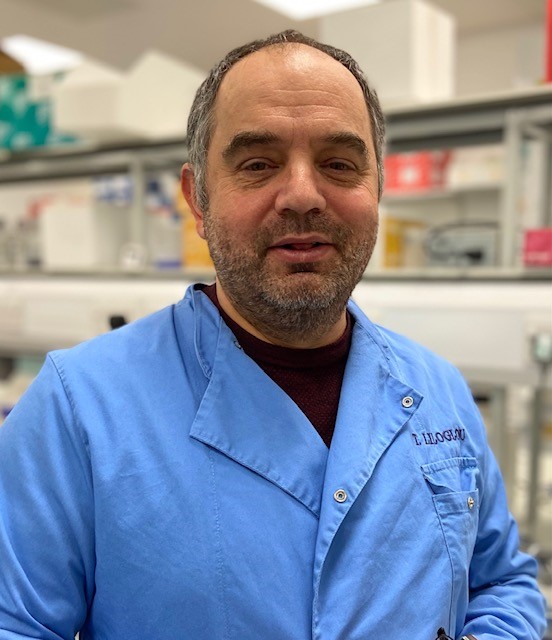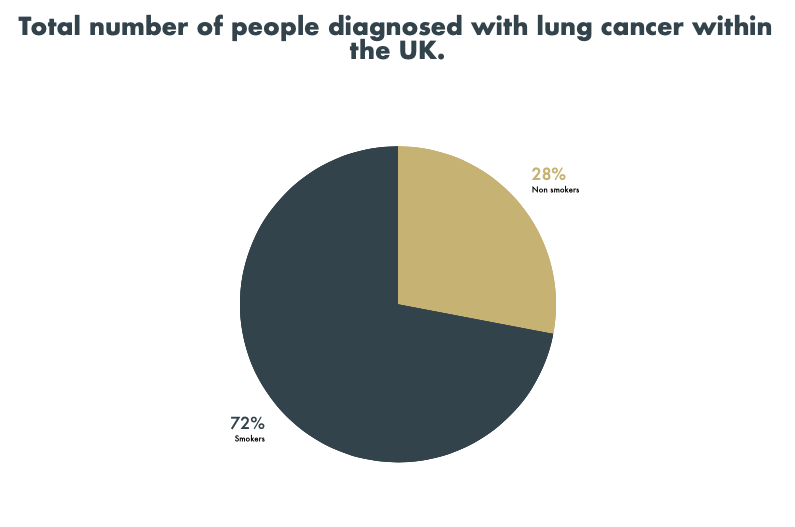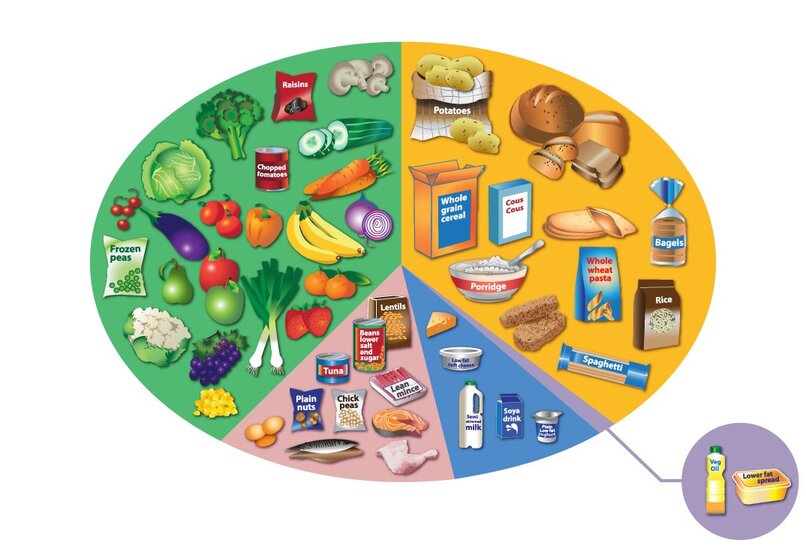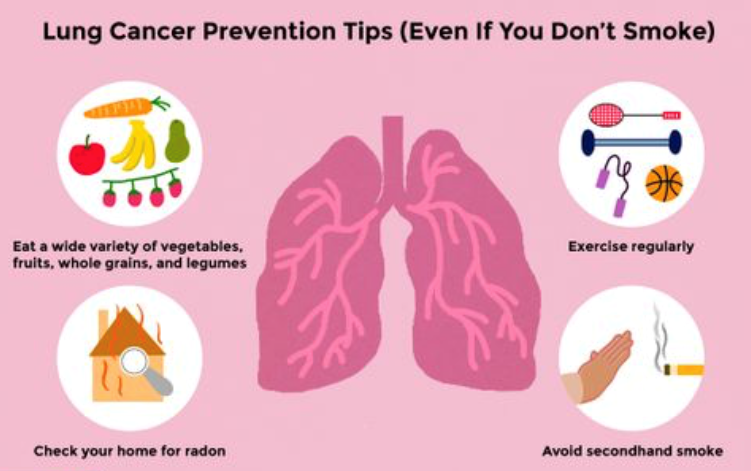UK student overcomes pandemic disruption to keep research ambition on course

Matthew Gianni Russo is a young man with an ambition to pursue a career in science.
Currently 17 years old, he lives in the village of Scarisbrick near Ormskirk in West Lancashire, in the north west of England. He is studying for A Levels in Maths, Chemistry and Biology, and hopes to join the University of Liverpool next year, where he intends to study for a BSc in Chemistry.
To help prepare himself, he applied for an internship at the university. He was to be supervised by Dr Lakis Liloglou, Senior Lecturer in molecular oncology at the University of Liverpool. Dr Liloglou works closely with Roy Castle Lung Cancer Foundation, who, for over 20 years, have funded research projects on lung cancer research at the university.
However, as with so many plans made for 2020, the Covid-19 pandemic prevented Matt from taking up his place in the labs. Yet nothing would deter him from learning more about his chosen subject, and, under Dr Liloglou’s guidance, he prepared a report about lung cancer and its impact within the UK, focusing ion increasing public awareness of this very persistent public health challenge.
Matt said: “I had hoped that arranging work experience would broaden my research knowledge and confirm my future choice of university and course.
“However, I was unable to attend my summer work experience placement with Dr Liloglou due to the pandemic, so he suggested that I produce an article on lung cancer with the aim of having it published. I’m delighted that this has now happened.
“The pandemic has meant that a lot of my tuition this year has been online, although we did return to college from September on a part-time basis. I have also been unable to visit other universities in person to view their facilities and talk to chemistry students face-to-face about their experience. There has been a lot of uncertainty about next year’s exams which has been unsettling, but at present they will go ahead with a three-week delay”.

Dr Liloglou said: “The effects of the pandemic have stretched right across the various aspects of our work at the University.
”It was frustrating, both for Matt and for us, not being able to engage with him in a lab-based work experience scheme, but I was impressed by how well he applied himself to becoming informed about lung cancer, its causes and implications for health care and research. We all wish him well for his future studies and career.”
Here is Matt’s report:
Lung cancer: a preventable killer disease
The burden of lung cancer within the UK
Lung cancer is a huge problem within the UK and a major burden to the public health system. It is the second most common type of cancer among both men and women [1] and mainly affects people over 60 years old, although younger people can, and do, contract the disease. A phrase often used by those working within lung oncology is ‘anyone who has lungs can get lung cancer’.
This article looks at the challenge posed by lung cancer in the UK and the major risk factors that play a part in the development of the disease. It will also look at changes that could be made to reduce the risk of developing the condition and how we can raise awareness to ensure that people are better informed about the problem.
Every year, around 47,000 people are diagnosed with lung cancer in the UK [2]; only 10% of those diagnosed survive for 10 years or more. [3]
In recent years, better and more effective treatments for lung cancer have become available. The earlier the disease is diagnosed, the more of these options are available to patients, including, for some, treatment with curative intent. While UK survival rates for lung cancer are, at long last, showing significant improvements, prevention is still the best of all options.
In order to achieve this, we must understand what causes lung cancer, and how can we reduce the risk of it happening to us.
Typical features of tumour growth
Our lungs are a large organ and, like the rest of our body, are made up of tiny building blocks called cells. As with every other cancer, lung cancer starts from changes within the DNA of one of those cells. These can happen spontaneously, but are more likely to be triggered by environmental factors.
These changes cause the cell to start multiplying out of control until a large mass of cells is present, called a tumour. Cancerous cells can then break away from the tumour and spread throughout the body using either the bloodstream, by which they can spread to other organs, or via the lymph system, by which they may spread to lymph nodes.
An important characteristic of tumour cells is that they can ‘trick’ the body’s immune system, preventing it from detecting and destroying them. If left undetected and untreated, the tumour can grow significantly in size and spread to other parts of the body (metastasis), causing multiple organ failure and eventually becoming lethal to the patient.
Figure 1 demonstrates the major hallmarks of cancer, regarding the molecular abnormalities contributing to its development.

Figure 1. A diagram showing the traditional hallmarks of tumour growth. Adapted from [4]
The main risk factors associated with lung cancer
An individual’s genetic makeup can increase their risk of developing lung cancer. This partly explains the fact that not all smokers get lung cancer while some non-smokers do contract the disease. However, the contribution of environmental factors such as tobacco smoke consumption is detrimental.
Despite the extreme similarity in the genetic code among humans, approximately 1% of our DNA shows differences [6]. This diversity, mainly present in the form of single nucleotide polymorphisms (SNPs), is passed on from parents to their children, making them more or less susceptible to developing lung cancer if they smoke or are exposed to other carcinogens.
By far the main cause of lung cancer is smoking. Seventy-two percent of current lung cancer cases are caused by smoking (Figure 2) [5], meaning that most current cases are preventable. The reason that inhaling smoke, both actively and passively, causes so many cases is because of the numerous harmful chemicals within tobacco smoke that, when inhaled, can affect the human genome and lead to changes in the DNA sequence of cells.

| Figure 2. A pie chart showing the distribution of lung cancer patients in the UK and their smoking status. Made with statistics from [5]. |
Another major risk factor is what we eat and drink. It is estimated that having a healthy diet can prevent 1 in 20 cancer cases [7]. Examples of unhealthy dietary habits include eating excess quantities of fats, sugars and large amounts of burnt food. When certain foods, like meats or bread, are burnt, then chemicals, similar to those in tobacco smoke, become active and, when ingested, can have a negative effect on the body.
Another risk factor is alcohol consumption which can lead to liver damage. The liver is the organ known for ‘cleaning up’ many harmful chemicals within the body. A heavy drinker may consume so much alcohol, that the liver becomes overwhelmed and cannot cope with the amount of these harmful chemicals, eventually resulting in irreversible damage. Alcohol is oxidised to acetaldehyde, which can act as a carcinogen itself. Moreover, alcohol abuse reduces the capacity of the liver to detoxify the various other carcinogens in the body.
One further risk factor is occupational exposure. Individuals who work in sectors where exposure to harmful gases is common are more likely to develop lung cancer. Around 13% of all lung cancer cases arise from workplace exposure [8], for example, between 1940 and 1979, 27 million workers were exposed to asbestos [9]. When tiny fibres of asbestos are inhaled, they can cause inflammation and, in some cases, progressive lung diseases or lung cancer.
How to reduce the risk
The most logical step to take to reduce the risk is not to smoke. Smoking has such a detrimental effect on the body that it might be advisable for the government to consider banning smoking altogether. However, it is unlikely that such action would be enforced, as the tobacco industry contributes significant annual revenue through direct and indirect taxation.
In 2015, the UK tobacco industry paid £12 billion in taxes [10], money that can help to fund the NHS and scientific research. While revenue from the tobacco industry undoubtedly benefits the nation’s income, the ethical question remains: does this financial contribution outweigh the damage done to people’s health?
Another way that we, as individuals, can reduce the risk is to follow the UK guidelines on alcohol consumption. For example, limiting ourselves to 14 units per week, spread out over said week. An additional way to prevent lung cancer in the UK is to encourage the population to “go green”, as this would significantly reduce breathable environmental pollutants. This may be as simple as car sharing or riding a bike to work, or as complex as enforcing bans on materials in the workplace that can emit dangerous levels of harmful gases
In addition, having a healthy diet and exercising regularly can help to massively reduce our risk of developing any type of cancer. The NHS suggests that the typical adult should aim to complete 150 minutes of moderate intensity activity, or 75 minutes of vigorous intensity activity, per week [11]. They also encourage people to adopt a healthy diet by following the “eat well guide”. This essentially means eating a balanced diet, of moderate portions of foods from each of the food groups.

Figure 3. An image showing the proportions of each food group a person should consume weekly, and an example of types of food in each group. Adapted from [12].
How to share information about lung cancer
In order to succeed in helping people adopt all these prevention measures, public awareness is the most important factor. How can we educate people about lung cancer and its risk factors? As smoking is a persistent problem within young people, lung cancer and other tobacco-related diseases should become a compulsory part of education, to deter our youth from increasing their risk level.
Another way to raise awareness is to encourage people to educate themselves on the severity of the situation within the UK.
Charities such as Roy Castle Lung Cancer Foundation and Cancer Research UK work hard to raise awareness of the situation and to provide funding for vital research projects.
Several authoritative online resources provide high-quality information, statistics and insights about lung cancer, such as nhs.uk/conditions/lung-cancer while both Roy Castle Lung Cancer Foundation and Macmillan Cancer Support also offer practical help and support for those living with lung cancer and their families and friends.

| Figure 4. An image showing how the ordinary person can reduce their risk of developing lung cancer. Adopted from [13]. |
People who care about their health can inform themselves of the risks and share valuable information with family, friends and colleagues. Those over 50 can calculate their risk of developing lung cancer using the online “my lung cancer risk calculator”:
https://secure2.utlnet.co.uk/mylungrisk/welcome.aspx
Lung cancer remains a major problem in the UK; however with the right prevention measures and education, we could see a massive fall in the mortality rate of this devastating disease.
References
1]: Cancer Research UK lung cancer Statistics. https://www.cancerresearchuk.org/health-professional/cancer-statistics/statistics-by-cancer-type/lung-cancer, date accessed (06/07/20)
[2]: NHS, Overview of Lung Cancer. https://www.nhs.uk/conditions/lung-cancer/, date accessed (06/07/20)
[3]: Cancer Research UK lung cancer Statistics. https://www.cancerresearchuk.org/health-professional/cancer-statistics/statistics-by-cancer-type/lung-cancer, date accessed (06/07/20)
[4]: Hanahan D & Weinberg RA. Hallmarks of Cancer: The Next Generation. Cell, 144(5), 646-674, 2011, https://www.cell.com/fulltext/S0092-8674(11)00127-9, date accessed (08/07/20)
[5]: Cancer Research UK lung cancer Statistics. https://www.cancerresearchuk.org/health-professional/cancer-statistics/statistics-by-cancer-type/lung-cancer, date accessed (07/07/20)
[6]: Educational blog from Harvard University (1/10/12). http://sitn.hms.harvard.edu/flash/2012/issue127a/, date accessed (27/07/20)
[7]: Cancer research UK causes of cancer. https://www.cancerresearchuk.org/about-cancer/causes-of-cancer/diet-and-cancer, date accessed (14/07/20)
[8]: NHS Overview of alcohol consumption. https://www.nhs.uk/live-well/alcohol-support/calculating-alcohol-units/, date accessed (07/07/20)
[9]: Asbestos awareness site. https://www.asbestos.com/asbestos/, date accessed (08/07/20)
[10]: Full fact independent fact checking charity page titled “Does smoking cost as much as it makes for the Treasury?” (12/10/15).
https://fullfact.org/economy/does-smoking-cost-much-it-makes-treasury/, date accessed (14/07/20)


